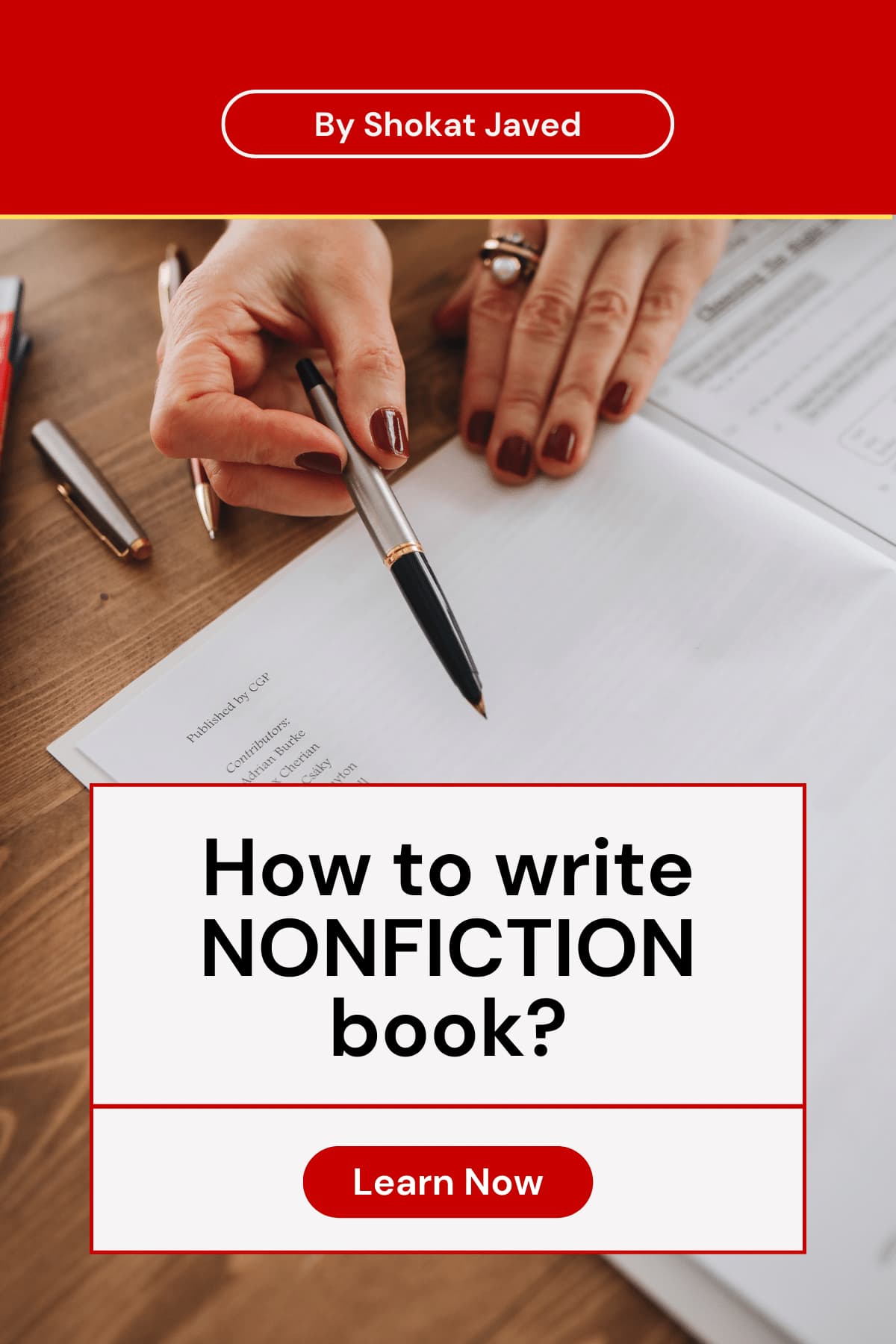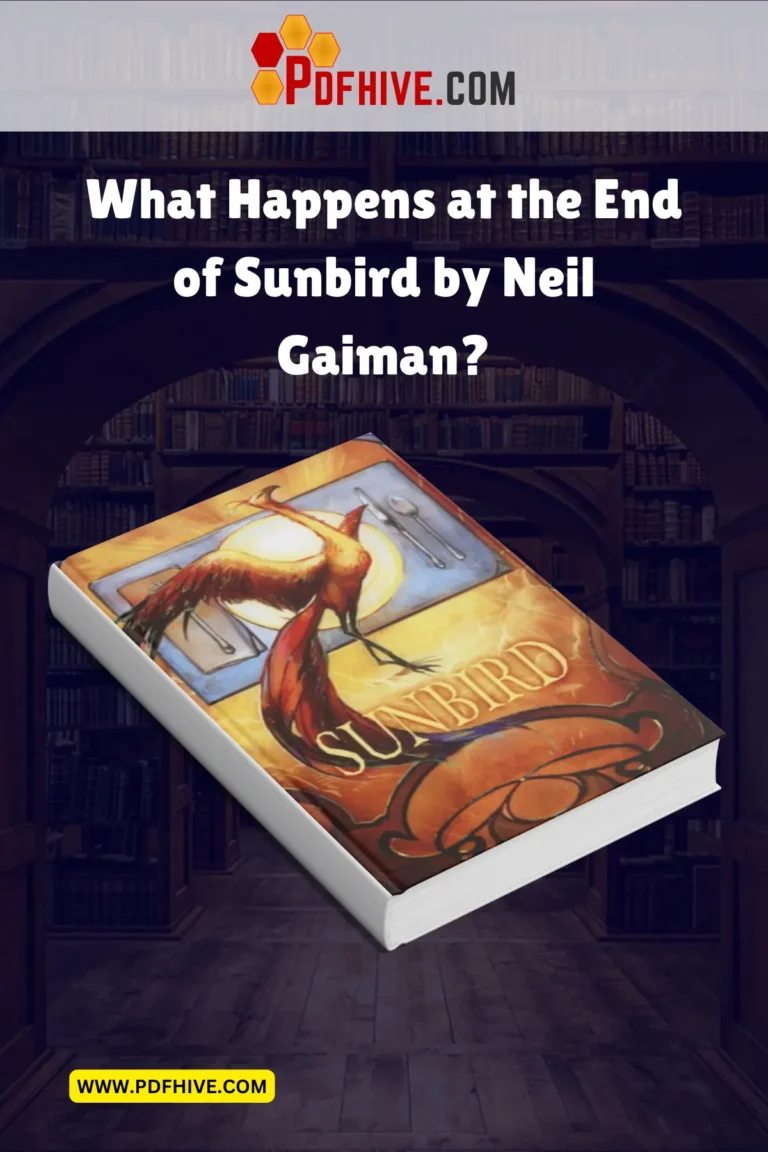Are you planning writing a nonfiction book? If you are searching “how to write a nonfiction book”, then you are right place!
Writing a nonfiction book can be a challenging but rewarding experience. Unlike fiction, nonfiction books are based on real-life events, people, and ideas. They are designed to inform, educate, and inspire readers on a particular topic.

Best practices about how to write a nonfiction book
If you are interested in writing a nonfiction book, here are some best practices and essential parts to consider:
- Choose a topic: The first step in writing a nonfiction book is to choose a topic that you are passionate about and knowledgeable in. It could be something that you have experienced or researched extensively. Ensure that the topic is unique and has a market audience that is interested in it.
- Research: Conduct thorough research on your topic. Read books, articles, and research papers to gather information and develop a comprehensive understanding of your subject. Gather your notes and create an outline of your book.
- Writing style: Nonfiction books should be written in a clear and concise style. Use simple language and avoid jargon or technical terms that readers may not understand. Also, ensure that your writing is engaging and keeps the reader interested.
- Editing: After you have completed the first draft of your book, it is essential to edit and revise it. Check for grammar, punctuation, and spelling errors, and ensure that your writing is coherent and flows well.
- Publishing: You can choose to self-publish your book or work with a traditional publisher. If you choose to self-publish, ensure that you hire an editor and a cover designer to ensure that your book looks professional.
Parts of a nonfiction book
a. Introduction: This section should grab the reader’s attention and provide a brief overview of the book’s content. You can also include an author’s note, preface, or prologue that explains why you wrote the book.
b. Chapters: Nonfiction books are usually divided into chapters, each focusing on a specific aspect of the topic. Ensure that your chapters are organized logically and flow seamlessly from one to another.
c. Conclusion: This section should summarize the book’s key points and provide a final thought or call to action for the reader.
d. Bibliography: Include a list of sources that you used for your research. Ensure that your sources are credible and reliable.
e. Index: Create an index to help readers navigate the book easily.
Conclusion
In conclusion, writing a nonfiction book can be a fulfilling experience that allows you to share your knowledge and ideas with others. Remember to choose a unique topic, conduct thorough research, organize your book’s content logically, use clear and concise language, and edit your work thoroughly. With these best practices and essential parts in mind, you can create a book that informs, educates, and inspires readers.
Read more
- What is Fiction and Types of Fiction?
- What Is Nonfiction? – Definition & Examples
- What are Action and Adventure Genre Books?
- What are Advice and How-To Genre Books?
- What are animal Books?
- What are Assassination Books?
- What are Amazon Bestseller Books?
- Most Famous Book Series In Order
- What are Biography Books?



